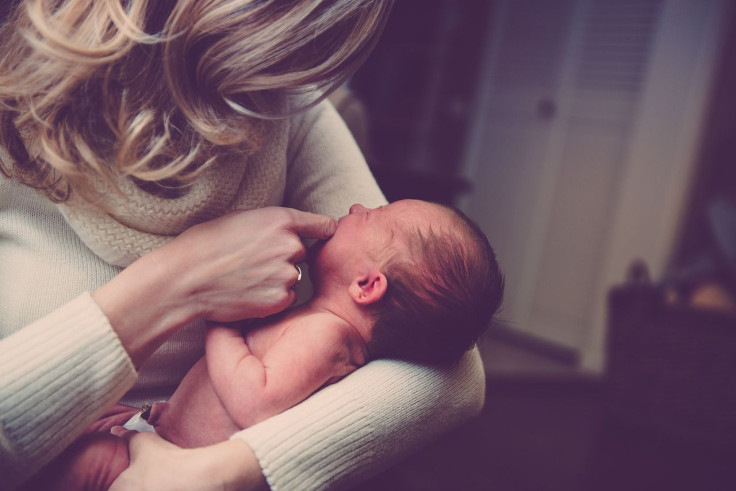Doctors Report Newborn Girl With Two Mouths In South Carolina
KEY POINTS
- A baby was recently born with two mouths
- Doctors stated that it was because of a very rare condition
- The baby is one of the 35 cases from 1900 with the condition
A baby girl with two mouths was born in Charleston, South Carolina. Medical practitioners say this condition is rarely seen in newborns. The case report, which detailed the uncommon occurrence, was filed by doctors from the Medical University of South Carolina. Reports say that such conditions appeared only in 35 cases since 1900 in the medical literature.
A Second Mouth
BMJ Case Reports reveal doctors noticed the extra mass in scans during the mother’s 28th week of pregnancy. Initially, medical practitioners thought the mass might be a tumor or cyst. When the baby was born, however, doctors saw that the “mass,” measuring around 0.8 inch, was, in fact, a second mouth.
Health experts say that the baby girl is among the 35 people since 1900 known to have Diprosopus or duplication of facial parts. According to the case report, the second mouth did not have any connection to the main mouth, although the second mouth would sometimes produce a clear liquid that may have been saliva. It also sometimes shows a raw surface appearing around the second oral cavity. The baby could, however, breathe and drink normally.

Synchronized Movement
The second mouth also showed a lip, six molar teeth, as well as a small tongue that would move in harmony with the tongue in her main mouth whenever she was feeding. While the baby continues to be in good health and did not show any respiratory problems, doctors decided to remove the mass when she was six months old.
After surgery, the baby developed slight swelling at the incision site due to a buildup of fluids. A post-op follow-up showed that it already healed, and the baby was also feeding well, although doctors noticed a minor nerve defect on her bottom lip.
Usually Diagnosed In Utero
Although diprosopus or craniofacial duplications are oftentimes diagnosed in utero or soon after delivery, doctors noted one case from 1978 of an extra mouth found in the temporal region of a 22-year-old patient upon delayed diagnosis. The condition is not confined to humans as it has also been recorded to have occurred in animals and poultry, though in very rare instances.
Researchers believe the condition may have been the result of protein signaling problems during pregnancy. This can cause the widening of facial features, as well as duplication of their structures.
© Copyright IBTimes 2024. All rights reserved.





















